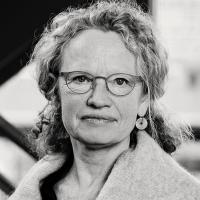Poverty reduction: All that glitters is not gold
Ideally, poverty indicators improve because poor people's livelihoods are improved. They can, however, also improve because poor people are expelled from the territory.
In an article published in World Development, Helle Munk Ravnborg and Ligia Gómez examine the case of the cattle region of Chontales, Nicaragua, which between 1998 and 2005 experienced economic growth and declining poverty rates, spurred by investments and organizational development.
The writers argue that in the absence of pro-poor coalitions, these investments facilitated the return and strengthening of the local elite and that the observed decline in poverty rates emerges as the result of dispossession and subsequent exodus of the poor rather than of inclusive economic growth.
The article is based on research conducted as part of the programme Rural Territorial Dynamicscoordinated by Rimisp – Latin American Center for Rural Development, and financed through a grant from International Development Research Centre (IDRC), Canada.
DIIS Eksperter
